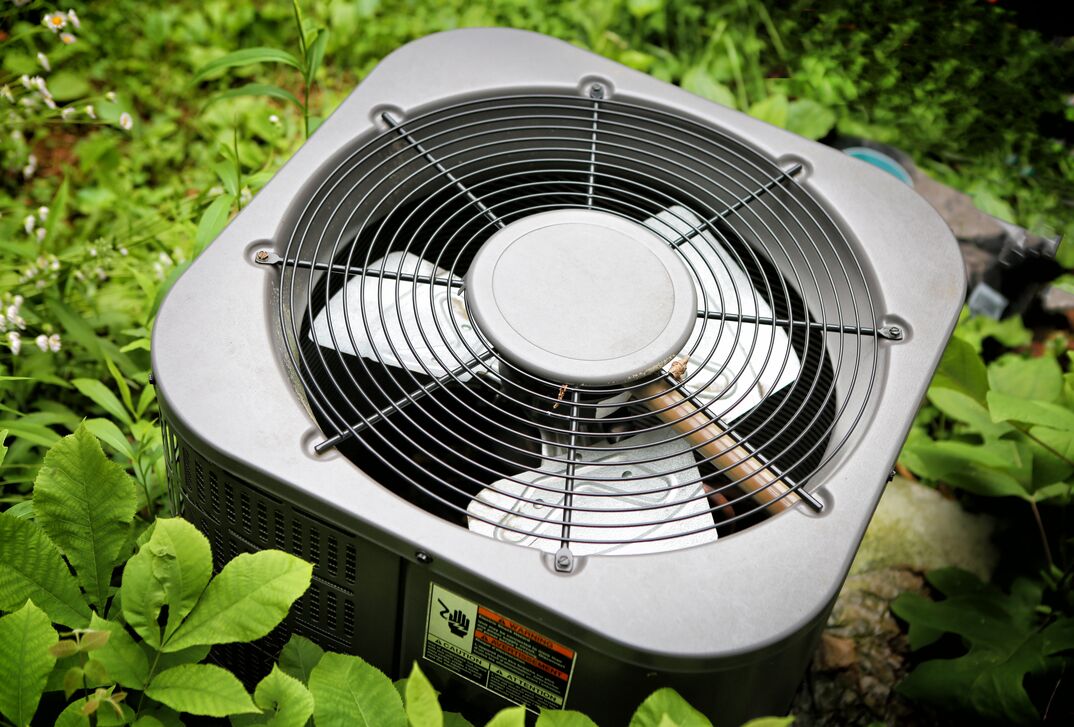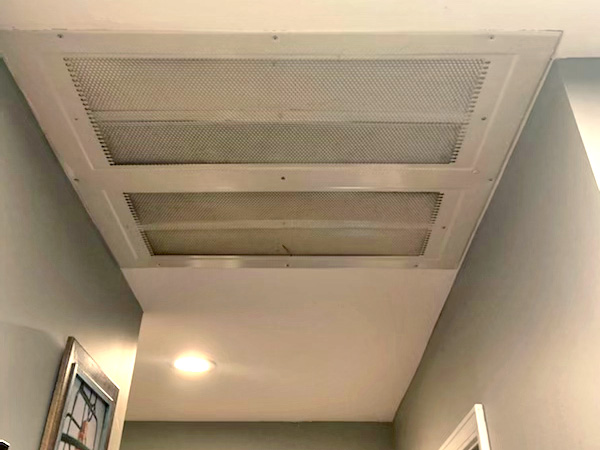How Much Does an Air-Source Heat Pump Cost?

Air-Source Heat Pump Costs at a Glance
- Average total cost: $4,500-$8,000
- High-end heat pumps: $10,000
- High-efficiency heat pumps: $6,300-$9,500+
- Installation: $1,200 to $3,500
Air-source heat pumps are the most common types for residential use — versus ground-source, water-source, electrical and hybrid variants — and they work by transferring heat from the outside air to your house. The heat pump is attached to the side of the house and transfers heat via compression in two coils of conductive copper tubing.
This May Also Interest You: How Much Does a Heat Pump Cost?
When heating is needed, the liquid refrigerant in the outside coil draws heat from the air and evaporates, moving into the inside coil. The gas condenses into liquid and channels the warmth this generates to your home heating system.
Air-Source Heat Pump Prices
Although the final cost of installing an air-source heat pump depends on its capacity and brand, you can expect to pay anywhere from $4,500 to $8,000, or up to $10,000 for high-end heat pumps, according to AVS Heating and Air Conditioning. Based on data from HomeGuide, the installation work itself accounts for roughly $1,200 to $3,500 of those totals.
Further affecting the cost of an air-source heat pump is its SEER, or seasonal energy efficiency rating. The U.S. Department of Energy states that 14 is the lowest allowable SEER rating for a heat pump, whereas models rated at 18 SEER or above are generally considered the most efficient on the market. Combine the cost of a 17 to 19 SEER heat pump with installation expenses, and you can expect to pay anywhere from $6,300 to $9,500 or more.
Air-Source Cost Savings
Once mainly the province of warmer parts of the country, air-source heat pumps have expanded their usefulness — and, thus, grown their popularity. Energy officials cited a study by Northeast Energy Efficiency Partnerships, showing that, when electric-resistance and oil-based systems were replaced with air-source heat pumps in the Northeast and Mid-Atlantic regions, the annual savings were between 3,000 kilowatt-hours (about $459) and 6,200 kWh ($948).
“Air-source heat pumps have been used for many years in nearly all parts of the United States, but until recently, they have not been used in areas that experienced extended periods of subfreezing temperatures,” the Energy Department said in a statement. “However, in recent years, air-source heat pump technology has advanced so that it now offers a legitimate space heating alternative in colder regions.”
More Related Articles:
- HVAC System Stop Working? Try These Troubleshooting Tips Before You Call for Service
- The Do’s and Don’ts of HVAC Maintenance
- How Often Should You Change Your Furnace Filter?
- Is an HVAC Tune-up Worth the Price? (Yes, Yes It Is)
- How Much Does It Cost to Replace a Water Pump?
Types of Air-Source Heat Pumps
The U.S. Energy Department recognizes seven different types of air-source heat pumps. They include:
- Ductless, which require only a 3-inch hole through the wall to connect the outdoor condenser and the indoor heads.
- Ducted, which require either installing ductwork or using that of your home’s existing ventilation system.
- Short-run ducted, which use traditional large ductwork that only runs through a small section of the house, often complemented by other ductless units for the remainder of the house.
- Split, which have one coil inside and one outside, and supply and return ducts connect to an indoor central fan.
- Packaged, which typically have both coils and the fan outdoors, and heated or cooled air is delivered inside from ductwork that passes through a wall or roof.
- Multi-zone, which have two or more indoor heads connecting to a single outdoor condenser, with each head creating its own zone of comfort, allowing households to heat or cool individual rooms, hallways and other areas.
- Single-zone, intended for a single room with one outdoor condenser matched to one indoor head.


